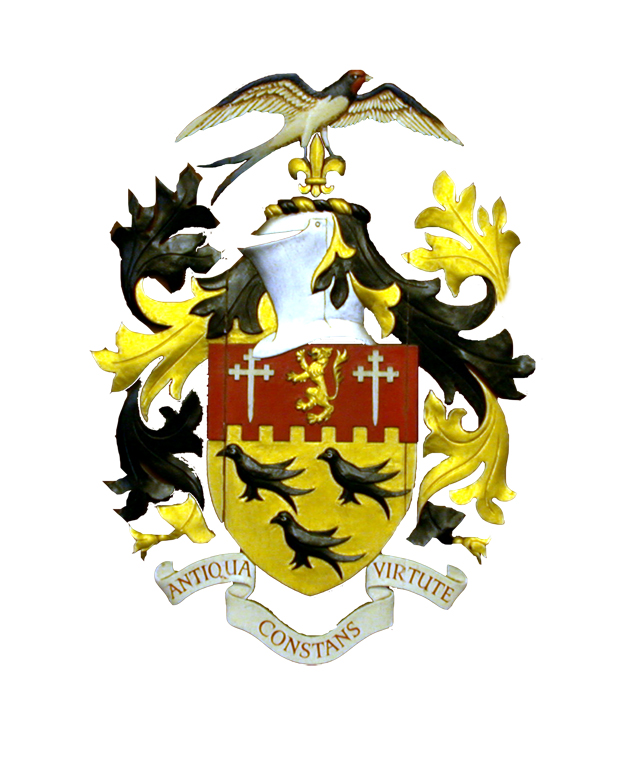Recorded in the Domesday book as Harundel, which comes from the Old English “harhune dell” (horehound valley – from the plant “Common Horehound” which grew here then). Many people erroneously think the name derives from the French Hirondelle (for the Swallow, the town’s bird).
Traditionally a market town, with cattle markets held on Maltravers Street weekly and four annual fairs. It was also an important port, made a “bonding” port in 1817, and so a stopping off point for goods to transfer to road or canal up to London and beyond. This was made possible by the river Arun being navigable far inland. At this time Arundel was also connected to Portsmouth by canal.
Then with the advent of trains and trucks further water borne trade was scotched and Arundel as a port and important market place was left high and dry.
The Norfolk Arms Hotel was built in 1783 and was a resting place for commercial travellers.
The Duke of Norfolk made Arundel Castle their home permanently in 1842, then in 1846 Queen Victoria came for a visit. After this there was a period of about 50 years of restoration and rebuilding work at the Castle and Cathedral.
In 1856 Arundel Castle opened its doors to tourists for the first time with 1,000 visitors in that year, it was not until the railway station was built in 1864 that the numbers rose to about 17k.
This coincided with the demise of the port and thus commerce in the town was replaced by tourism, antiques and coffee shops. This helped create the character of the town, up until the mid-20th century.
If you’re interested in the history of Arundel, Arundel Museum is open daily from 10am-4pm (including Bank Holidays), and runs frequent talks and events.

